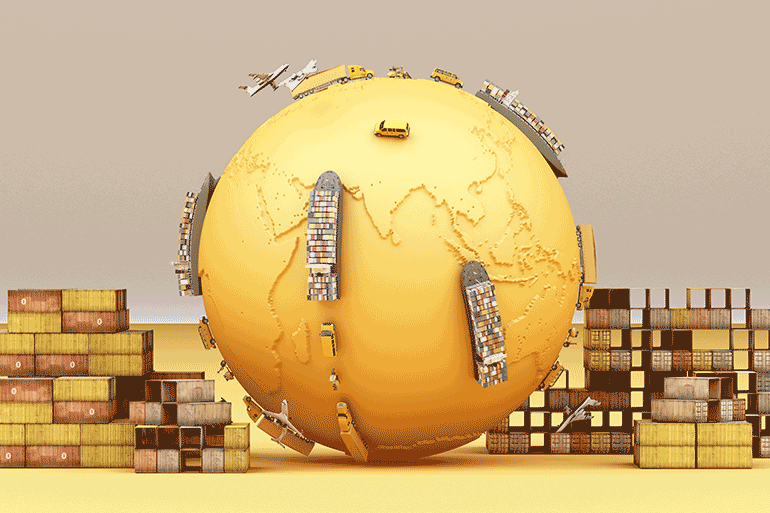Investing money has always been a concerning element due to the lack of proper information and tools reflecting the market’s accuracy.
Finance is…
The word finance deals with managing money with a goal in mind. Finance also highlights the importance of planning before investing. As a term, finance has a broad spectrum which is categorized in three levels, ranging as:
1. Personal Level talks about managing money for personal benefits, including how, where, and when to invest money. It also dictates how to earn money with guidelines on putting in savings, uses, and borrowing.
2. Government Level deals with generating revenue for the government. It includes the formation of budget, amount of taxes to ask for, any governmental debt, total spending by the public, distribution, and production of public goods is all taken care of under this category.
3. Business Level deals with finance in real terms. It is believed that business can make you more knowledgeable about finance. This level believes in the power of decision as you need to focus on what and hows. For example, you need to decide how you can raise and manage money for investment and short term cash flows. Also, it requires you to choose the medium of what possessions you are ready to invest with, and if you are willing to expand your business, then how to reinvest in it.
Trade Finance is…
Trade Finance deals with trade transactions for both the international and domestic type and, it also concerns the financing required for the trade.
The Four Pillars
1. Payment
Trade Finance is responsible for carrying mechanisms that facilitate and enable secure, timely, and verified payments across the globe’s routes in exchange for trades. /p>
We are aware that all monetary institutions and banks are part of SWIFT as members.
SWIFT stands for Society for Worldwide Interbank Financial Telecommunication, enabling registered members worldwide to share the financial transaction information through receiving and sending either side in a reliable, secure, and trusted environment.
It is a member-based organization responsible for the information based on transactions, following the standard format, and transmitting instructions for payments and text messages. It is responsible for carrying out simple electronic fund transfers to the most complex finance trade instruments.
Trade Finance tools deal with the transmission of payments and are responsible for defining prearranged conditions to avoid future possible risks or troubles between importers and exporters.
2. Risk Mitigation
Trade finance tools are well equipped and can reduce extreme risks in adverse conditions. There are a few risks that are commonly faced. The instruments involved in the process assist exporters and importers with risk mitigation techniques. The risks are:
1. Commercial Risk involves non-performance of either parties or the bank.
2. Country Risk involves revolution, civil unrest, financial crises faced by the other side.
3. Currency Risk involves the fluctuation in exchange rates, which can destroy any profit into a loss deal.
3. Financing
The instruments are versatile and flexible. Funds can be borrowed or structured under contract. The trade of financial instruments include:
1. Open Account
2. Supplier Credits
3. Advance Payments
4. Loans are direct
5. Credits documentation
6. Collections Documentation
7. Export Credit Agency Lending
8. Factoring
4. Provision of Information
It is the final pillar of trade finance and the most important. It helps in providing accurate information necessary to carry out various trade functions. Any business requires a detailed analysis of the movement of goods per transaction flow, which allows them to lessen risk factors from arising shortly and maintain their competitive edge.

